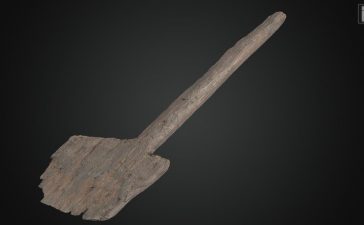
In the 1980s most video games, etched onto microchips soldered onto circuit boards, came encased in big blocks of plastic called cartridges. Satisfying to slam into slots, but chip-based ROMs were expensive, leaving games severely size-constrained.
Just a year after wowing the Japanese market with the arcade-like PC Engine console (TurboGrafx-16 over here), Hudson Soft and consumer electronics giant NEC released a world-first CD-ROM add-on for the system. Goodbye storage limitations, hello crystal-clear speech and music!
PC Engine games, typically just one to four megabits, now had over 500 megabytes with which to pack in highly detailed graphics, pristine 44.1kHz audio, and all the levels designers could dream up. CD-ROM gaming didn’t go big until the mid-’90s with PlayStation, Sega Saturn, and the rise of PC multimedia, so it’s astonishing that PC Engine pioneered all that way back in 1988.










